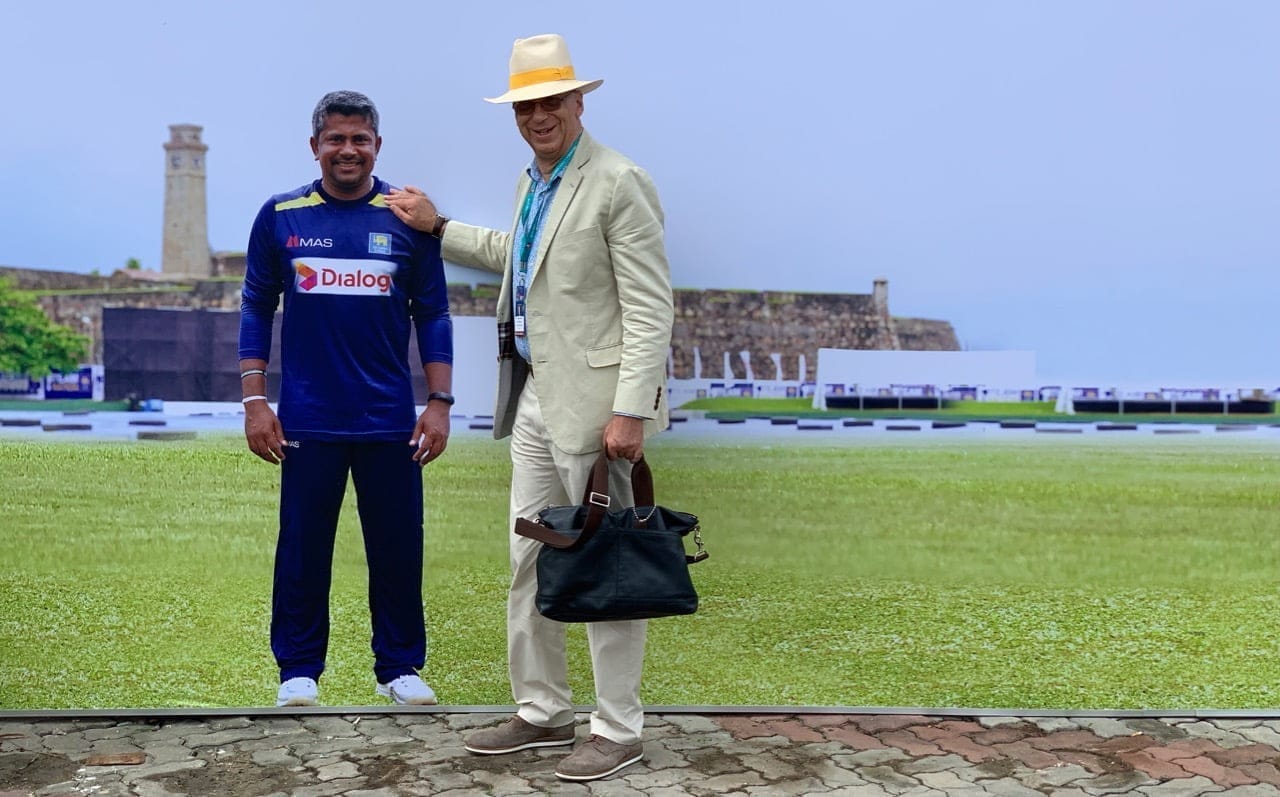England secured a highly impressive whitewash when they beat Sri Lanka in the third Test at Colombo.
It was a remarkable achievement in many ways. England’s record away from home had been dismal in recent years. Conditions in Sri Lanka, particularly the heat and humidity but also the nature of the pitches, pose special problems to visiting cricketers; Sri Lanka are notoriously difficult to beat at home. England had not toured since 2012, and of Joe Root’s team only James Anderson and Stuart Broad had toured with a senior side before.
Many seasoned observers – and, it has to be said, your humble scribe – had predicted a Sri Lankan victory. That said, when I arrived in the island before the first Test in Galle, every Sri Lankan I spoke to said England would win.
Much punditry in the course of the series has focussed on how “weak” or at least weakened, this Sri Lankan side is. The Indian ex-batsman, and commentator, Sanjay Manjrekar, tweeted that Root should acknowledge that “this SL side is a pretty weak side. This is currently the easiest subcontinental challenge.” (India administered their own 3-match whitewash in Sri Lanka in 2017.)
This sentiment seemed to be shared in the talkSPORT2 commentary box (excellent coverage, with Neil Manthorp and Jarrod Kimber outstanding). On the third afternoon, as Jos Buttler and Ben Stokes wrested the advantage England’s way, Mark Nicholas posed a question to Matt Prior: “If Bangladesh were to play a Test series here against Sri Lanka, who would win?” “Bangladesh.” was Prior’s unhesitating, and expected, response.
Well, maybe they would. The last time the two countries met was in Sri Lanka in 2016-17 when they drew a two-match series one-all. The last time Sri Lanka visited Bangladesh, admittedly a while ago, in 2013-14, they won the series, a feat England were unable to emulate on their most recent tour.
Less than 24 hours after Nicholas and Prior’s musings about Bangladesh they were watching Kusal Mendis and Roshan Silva methodically dismantle England’s attack in pursuit of what was initially presumed by all observers to be a purely notional target. Sri Lanka had forfeited all realistic chances of victory with their embarrassing collapse against Stokes and Adil Rashid on the second afternoon, but there really were times on that fourth day when the unthinkable seemed, well not impossible.
The odd thing is that the same could be said about the second Test at Pallekele. This was a classic match where the advantage was continually shifting. Another challenging chase for Sri Lanka might well have ended in triumph for them had Angelo Mathews not been dismissed by Jack Leach just after tea on the third day. It is odd to think that a three-nil whitewash for England might, if the stars had been aligned a bit differently, have been a two-one win for Sri Lanka.
Sri Lanka have inflicted a few recent whitewashes of their own. As recently as July they beat South Africa two-nil (sixteen wickets for Diluran Perera – South Africa passed 150 only once – lots of runs for Dimuth Karunaratne). In 2016 it was three-nil against Australia (a wonderful 176 by Mendis at Pallekele, 28 wickets for Rangana Herath). Most extraordinarily of all, in 2017 they beat Pakistan two-nil in the UAE. England have yet to win a game there, let alone a series.
The fact remains that England were a much better side. They won those two close games because they won the critical moments. And everyone contributed. A composite eleven, made up of players from both teams, would include only one Sri Lankan, Karunaratne. There were majestic centuries from Root, Ben Foakes and Jonny Bairstow. Each of the spinners had his day. There were game changing performances from Buttler and Sam Curran.
Every so often, just when it was needed, there was a moment of pure magic: Stokes running out Karunaratne in Pallekele; Leach running out Mendis in Colombo; Keaton Jennings’ astonishing prowess at short leg.
For every instance of English magic there seemed to be an example of Sri Lankan gormlessness: Lakshan Sandakan’s inexcusable no balls to reprieve Stokes in Colombo; Mathews’ dismissal later that day, falling for the most obvious trap set by Stokes.
As is the way with these things Sri Lanka had some bad luck. Root won all three tosses. Sri Lanka were without captain Dinesh Chandimal for effectively the whole series. That turned out to be a major issue. England were a well drilled team. Too often Sri Lanka came to resemble a disorganised rabble. And their best player, Mathews, ignored for the one-day series, seemed out of sorts and was usually mooching in solitary confinement on the boundary.
The series though was a classic, utterly absorbing , from the first act in Galle, with England five down before lunch, to the last, in Colombo with Sri Lanka’s tenth wicket pair moving alarmingly, for England, towards their target. The weather, and the pitches contributed to a brilliant sporting contest.
The games were played in a terrific atmosphere, generated largely by thousands of English supporters. Many were badly let down by Sri Lanka’s tourist industry but that wasn’t going to stop them having a good time. It was just a shame that the locals didn’t show up in similar quantities. Test cricket as entertaining as this deserves to be supported.
Bill Ricquier




